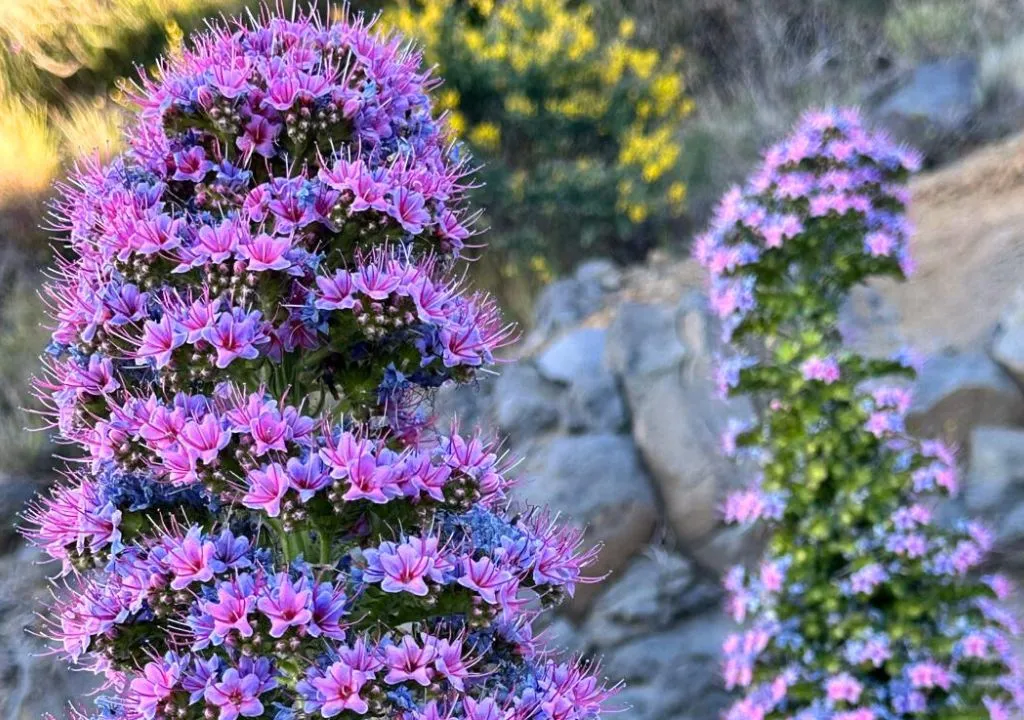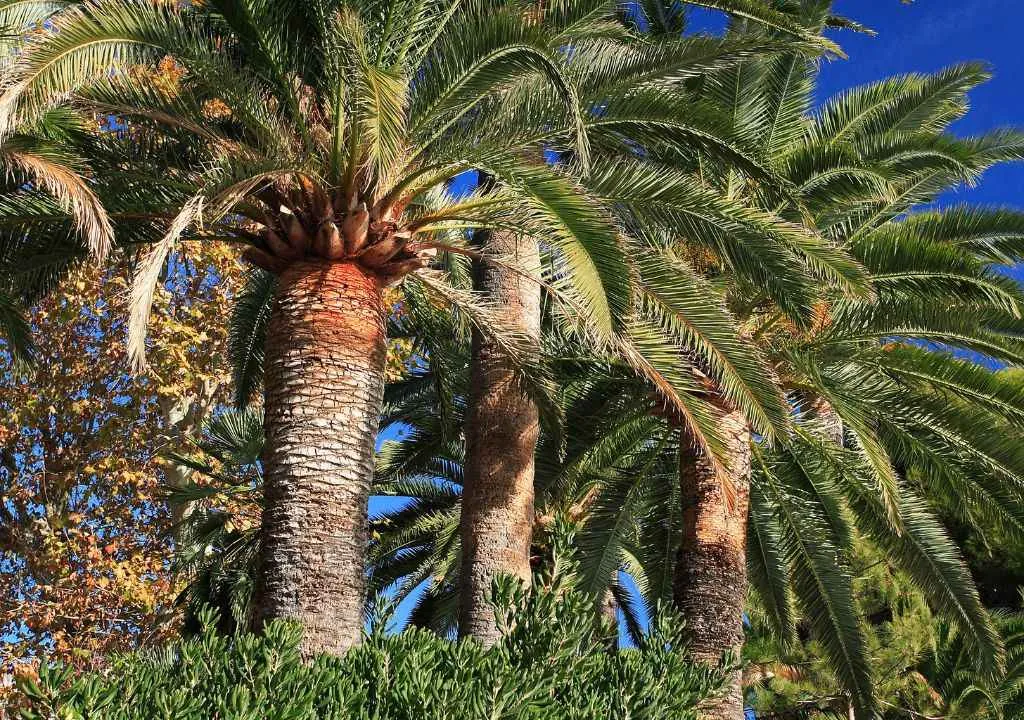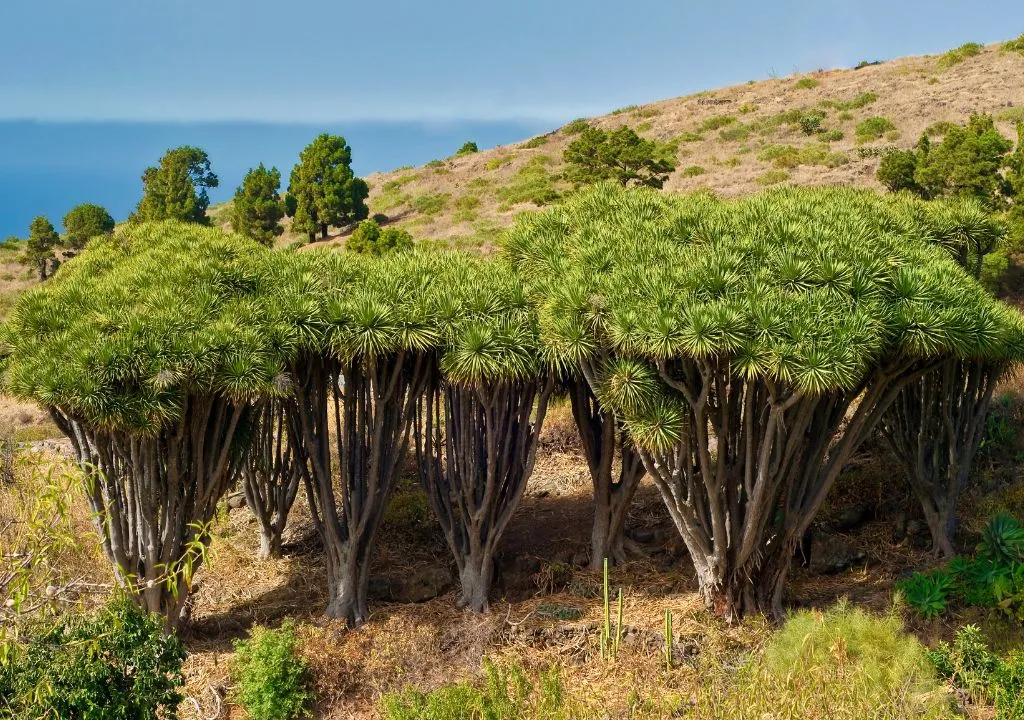The laurisilva forest is one of La Palma’s greatest natural treasures.
This ancient, humid and evergreen forest covers about 25 percent of the island, making it the lushest in the Canaries.
It is a living remnant of the past, an ecosystem that existed millions of years ago when much of the Earth was covered by temperate rainforests.
On La Palma, the laurisilva thrives thanks to a unique climate.
The humidity of the trade winds and the “sea of clouds” keep the vegetation alive all year long.
This blend of sun, mist, and water turns the island into the true “Green Island” of the archipelago.
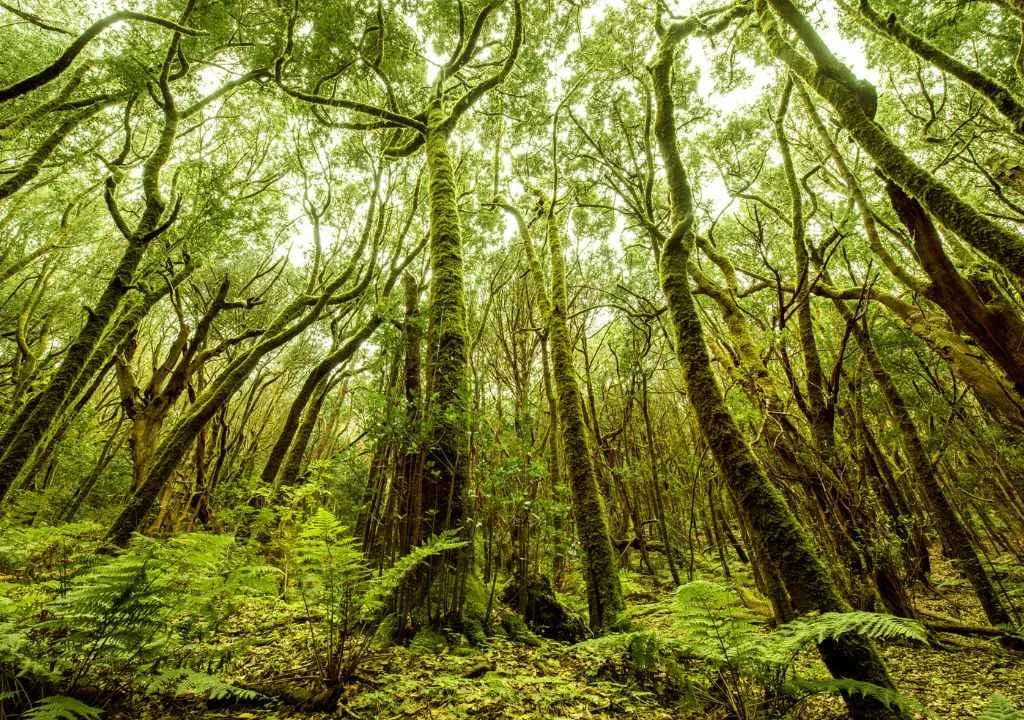
Technical Information
| Feature | Description |
|---|---|
| Common name | Laurisilva or Laurel Forest |
| Type of vegetation | Humid subtropical forest |
| Location on La Palma | Northern and eastern slopes (Puntallana, Los Tilos, Barlovento, Garafía) |
| Average altitude | 400 – 1,200 m |
| Average temperature | 15 – 19 °C |
| Annual rainfall | 500 – 1,100 mm |
| Main species | Laurel, tilo, viñátigo, barbusano, holly, ferns |
| Main fauna | Laurel pigeons, Canary chough, lizards, geckos |
| Protection | Natural parks and UNESCO Biosphere Reserve |
Where to Find the Laurisilva on La Palma
The laurel forest spreads across the north and east of the island, forming a green belt from Mazo to Garafía.
The most famous areas to explore this magical forest are:
- Cubo de la Galga (Puntallana): a trail among moss-covered trees and deep silence.
- Los Tilos and its waterfall (San Andrés y Sauces): the most humid and exuberant heart of La Palma.
- Marcos y Cordero: a spectacular route through tunnels, springs, and mist, perfect for lovers of green adventure.
There are also hidden areas where the forest remains almost untouched, offering peace and a feeling of ancient mystery.
An Ancient Forest Full of Life
The laurisilva of La Palma contains more than 20 species of trees and plants.
Among the most characteristic are laurel, tilo, viñátigo, barbusano, and holly, along with giant ferns, mosses, and lichens that cover every trunk.
This ecosystem thrives where the temperature stays between 15 and 19 °C and humidity is constant.
“Horizontal rain,” a fine mist that condenses on leaves, nourishes the forest even when no rainfall occurs.
The result is a breathing forest where every drop of water returns to the earth to sustain life.
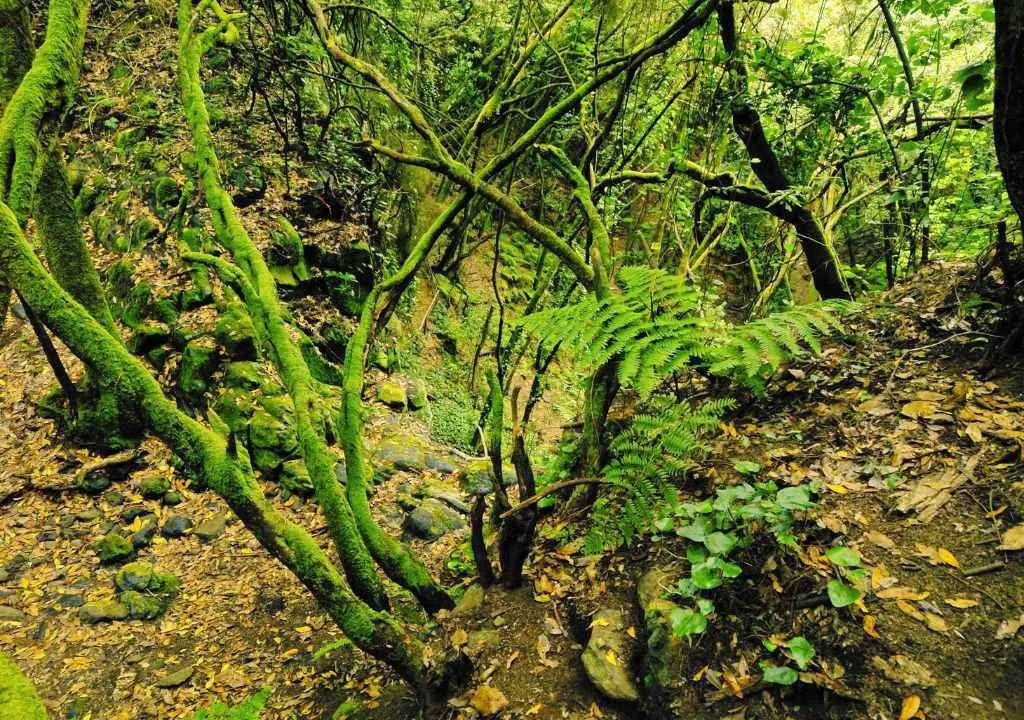
The Fauna of the Laurisilva
The laurel forest is home to many unique species found only in the Canary Islands.
- Birds: the laurel pigeons turqué and rabiche, along with the wild canary, the chough, and the Canary chiffchaff.
- Reptiles and mammals: the La Palma lizard, the gecko, and several bats such as the long-eared and Madeira bat.
- Invertebrates: worms, snails, beetles, spiders, and mollusks form the invisible network that maintains the forest’s fertility.
Every corner of this forest vibrates with life, making it one of Europe’s oldest and richest ecosystems.
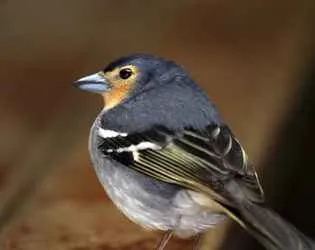
A Journey Through Silence and Nature
Walking through La Palma’s laurisilva is a deeply sensory experience.
The fresh air, filtered light, and earthy scent create an atmosphere of pure calm.
Here, time seems to pause, and each step invites you to listen to the whisper of the forest.
More than just a landscape, the laurisilva is a living memory of the island’s origins, a powerful reminder of how nature shaped La Palma over millennia.

